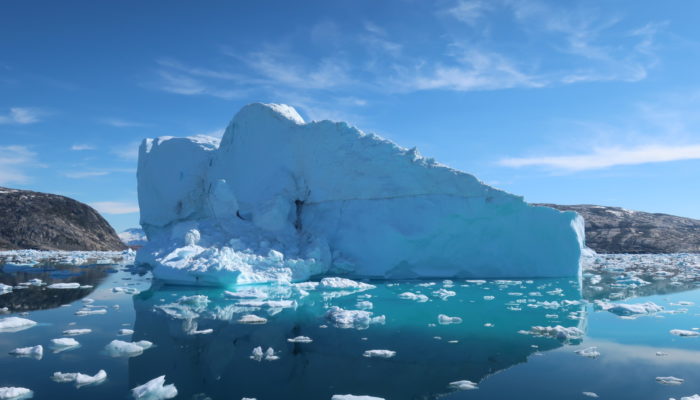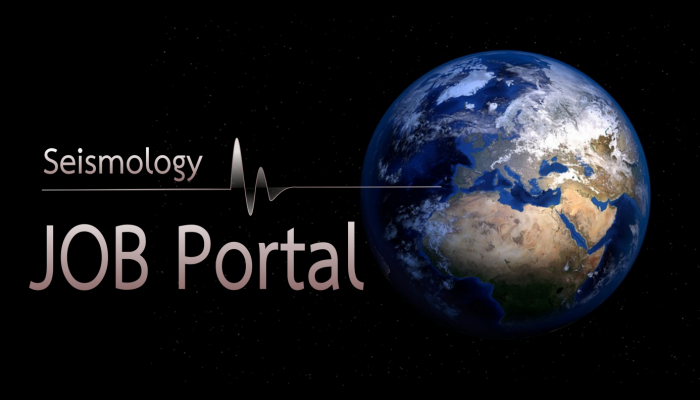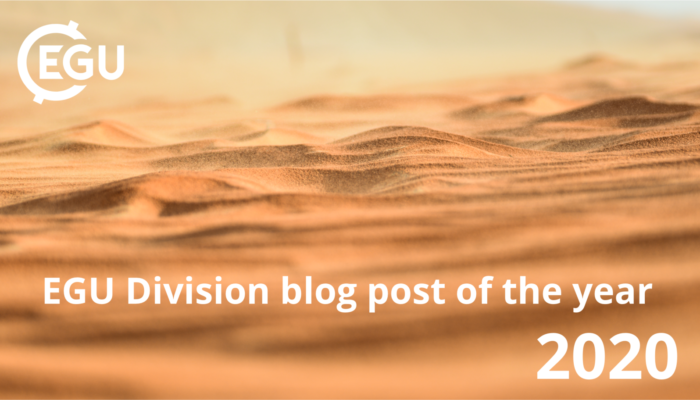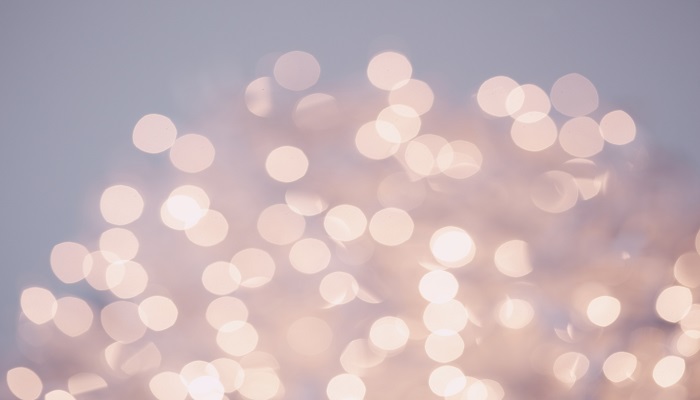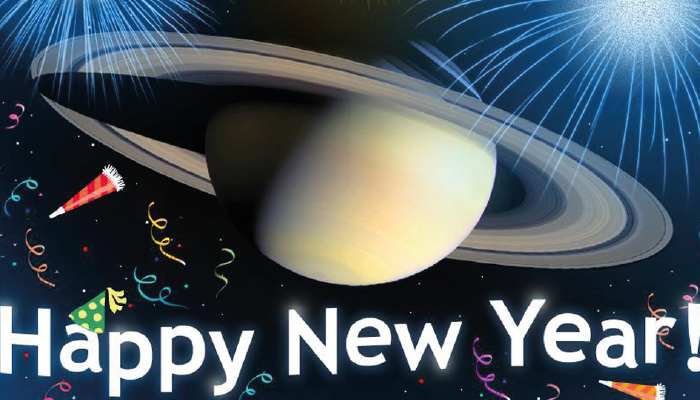Icebergs are ubiquitous in Greenland’s fjords, melting and releasing freshwater as they float towards the open ocean. The amount of freshwater released from these icebergs can be vast – the equivalent of around 50,000 Olympic swimming pools per day in some fjords. New research reveals that this freshwater causes fjord currents to speed-up, which can actually increase the amount of heat delivered t ...[Read More]
If you didn't find what you was looking for try searching again.
Seismology
Seismology Job Portal
On this page, we regularly update open positions in Seismology for early career scientists. Do you have a job on offer? Contact us at ecs-sm@egu.eu Please, note that other available research positions are displayed on the EGU Jobs Portal. Special Thanks to Eric Löberich for researching job postings for the ECS.
GeoLog
What was the best Division blog post in 2020: vote for your favourite!
The past 12 months have seen an impressive 540 posts published across the EGU’s official blog, GeoLog, as well as the network and division blogs. The EGU Division bloggers in particular have been hard at work producing new informative, fun and interesting blog posts for our members both inside their Division, but also across EGU as a whole! Ocean Sciences Division joined the EGU blogging family &# ...[Read More]
Hydrological Sciences
Timeless times, cosmos and hydrology
Close your eyes. What time is it? Is it still Tuesday? Oh, the calendar… Has 2021 started already? And, how are you? Yes, you! Sincerely asking, how are you? To anyone asking this question, the expected reply is usually simple and short. Nothing complicated here – you are either feeling good or bad (although some fuzziness is kindly welcome too). Personally, I often opt for a deep and detailed re ...[Read More]
GeoLog
Top 5 GeoLog posts of 2020!
Happy New Year!! 2020 has been a pretty relentless and turbulent year – and a lot has happened. Here at EGU headquarters (currently spread across our staff’s several homes) we all know how much we owe to you, our members, followers and friends, this year, through all the highs and the lows. We honestly could not have made it through without our wonderful community – and yo ...[Read More]
Geodynamics
Bring on 2021!
Good news, everyone: 2020 is almost over! Your beloved EGU Geodynamics blog team is taking a 2-week break to recover from this extraordinary year. Or maybe ‘unprecedented’ is a better word? I am – of course – referring to the fact that 2020 has been the most successful blog year to date. Not at all the fact that there was a global pandemic this year. Nope. Absolutely not. T ...[Read More]
Seismology
Earthquake of the month: Russia, deep earthquake M 6.4
November was not highlighted by a large event (> M 7). However, the TOP 3 of the largest earthquakes include a deep focus rupture on November 30th in the Tatar Strait between eastern Russia and Sakhalin Island (Figure 1). This earthquake (M 6.4) occurred at a depth of ~600 km according to different seismology agencies. The moment tensor representation shows an oblique mechanism with a dominant ...[Read More]
WaterUnderground
Elevating diverse voices and groundwater research from around the world with Water Underground Talks
By Tom Gleeson and Viviana Re It has been a challenging year of a pandemic, economic collapse and an ever-increasing awareness of racism, all set against a backdrop of other global challenges including climate change and food security. We believe it is important to link groundwater with these challenges and to stay positive using our science and work as scientists to contribute to a better future. ...[Read More]
Climate: Past, Present & Future
Deep Purple on Ice – Research on the Greenland Ice Sheet During the Pandemic
Insights into the EU project Deep Purple, fieldwork during the COVID-19 pandemic and doing research in a camp on the Greenland Ice Sheet. Written by Ph.D. students Rey Mourot (GFZ Potsdam), Laura Halbach (Aarhus University) and Eva Doting (Aarhus University). On maps, Greenland is shown as a massive white island. This vast ice and snow cover plays a vital role in reflecting incoming solar radiatio ...[Read More]
Hydrological Sciences
Hydrological modelling and pizza making: why doesn’t mine look like the one in the picture?
Is this a question that you have asked yourself after following a recipe, for instance, to make pizza? You have used the same ingredients and followed all the steps and still the result doesn’t look like the one in the picture… Don’t worry: you are not alone! This is a common issue, and not only in cooking, but also in hydrological sciences, and in particular in hydrological modelling. Most hydrol ...[Read More]

